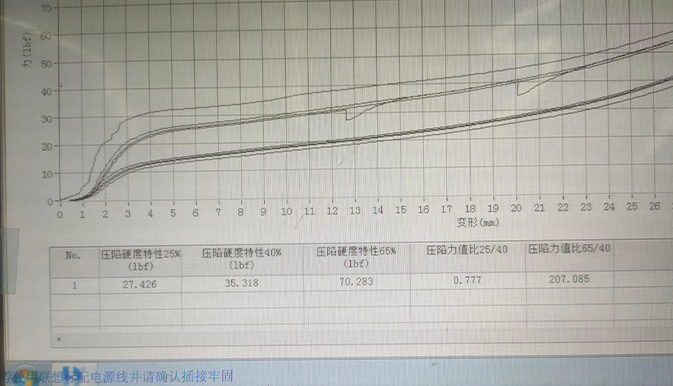Innovative Bariatric Medical Beds Designed for Comfort and Safety in Healthcare Settings
Understanding Bariatric Medical Beds A Comprehensive Overview
In the evolving landscape of healthcare, the importance of specialized equipment tailored to the needs of various patient populations cannot be overstated. Among these, bariatric medical beds stand out as essential tools for providing quality care to obese patients. These beds are designed specifically to accommodate higher weight capacities and provide safety and comfort, thereby improving the overall healthcare experience for both patients and providers.
What Are Bariatric Medical Beds?
Bariatric medical beds are designed to support patients who are overweight or obese, typically with weight capacities ranging from 450 to 1,000 pounds. Unlike standard hospital beds, which may only handle up to 250-300 pounds, bariatric beds are constructed with sturdy materials and reinforced frames to ensure stability and safety for larger individuals. Additionally, these beds often come equipped with features that enhance usability, including adjustable heights, wider frames, and specialized mattresses that provide adequate support.
Key Features of Bariatric Beds
1. Weight Capacity and Durability The fundamental characteristic of bariatric beds is their ability to support significantly higher weights. Engineers design these beds with reinforced structures to prevent breakage and ensure longevity under the stress of increased weight.
2. Adjustability Proper positioning is crucial in medical settings, especially for patients dealing with obesity-related health issues. Bariatric beds typically offer a variety of adjustments, allowing caregivers to elevate or lower the height of the bed, adjust the backrest, and modify leg positions. This adaptability not only enhances patient comfort but also aids in the care process, making it easier to assist patients with mobility challenges.
3. Specialized Mattresses To complement their sturdy frames, bariatric beds are often paired with foam or gel mattresses designed to alleviate pressure points and reduce the risk of bedsores. These mattresses are vital in ensuring a comfortable sleeping experience, which is crucial for recovery and overall well-being.
bariatric medical bed product

4. Safety Features Given the unique challenges faced by obese patients, safety is a primary concern. Bariatric beds are often equipped with features such as side rails, locking wheels, and advanced braking systems to minimize the risk of falls and enhance overall safety during patient transfers.
5. Ease of Use Many models include electronic controls that allow both patients and caregivers to adjust the bed with ease. This user-friendly technology is critical in fast-paced healthcare environments where efficiency and quick response times can significantly impact patient outcomes.
Benefits of Bariatric Medical Beds
The benefits of using bariatric medical beds extend beyond mere physical support. First and foremost, they contribute to improved patient dignity by providing a comfortable environment that respects their needs. Additionally, these beds can reduce the risk of injury during transfers, both for patients and caregivers. By making it easier to mobilize and care for larger patients, healthcare providers can improve efficiency and patient care quality.
Moreover, utilizing bariatric beds can potentially reduce the overall cost of care by minimizing complications associated with obesity, such as skin breakdown, respiratory issues, or other comorbidities that often require extended treatment time or additional resources.
Conclusion
Bariatric medical beds are a vital component of modern healthcare for obese patients. With their robust construction, essential safety features, and a range of adjustability options, these beds provide necessary support and comfort for both patients and healthcare providers. As the prevalence of obesity continues to rise globally, the demand for specialized equipment like bariatric beds will become increasingly relevant. Investing in such equipment not only enhances patient care and outcomes but also aligns healthcare practices with the evolving needs of the population. By prioritizing comfort and safety, we can ensure that all patients receive the quality care they deserve.
-
The Truth About "Orthopedic" Mattresses for Sore Back PainNewsAug.23,2025
-
Space-saving Benefits of a Single Mattress CubeNewsAug.23,2025
-
Eco-friendly Advantages of a Silicon MattressNewsAug.23,2025
-
How to Fix Sagging in a Special MattressNewsAug.23,2025
-
How Ambulance Stretcher Mattresses Reduce Pressure InjuriesNewsAug.23,2025
-
Best Cleaning Practices for a Hospital Mattress DoubleNewsAug.22,2025
-
Mattresses Designed for Back Pain ReliefNewsAug.08,2025

